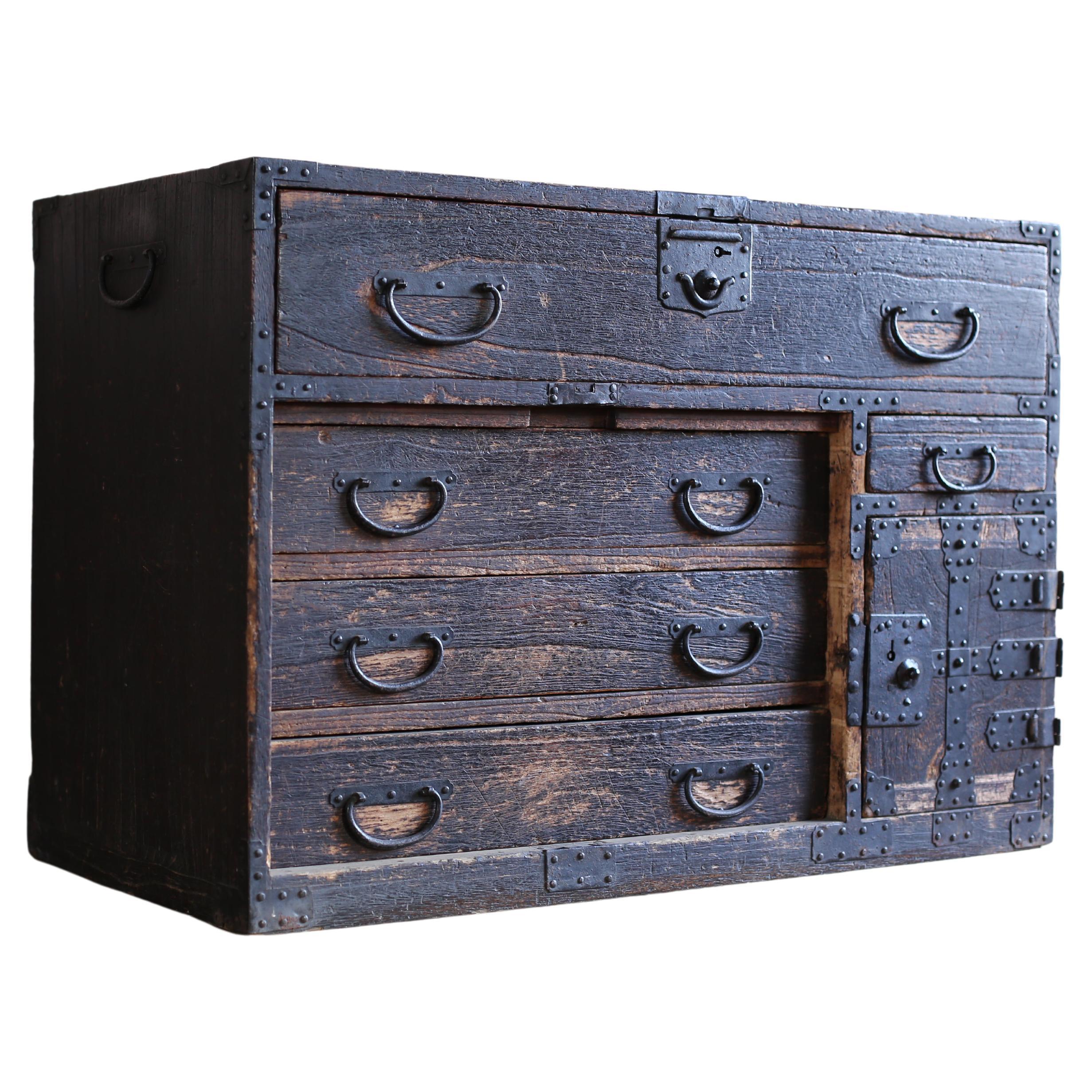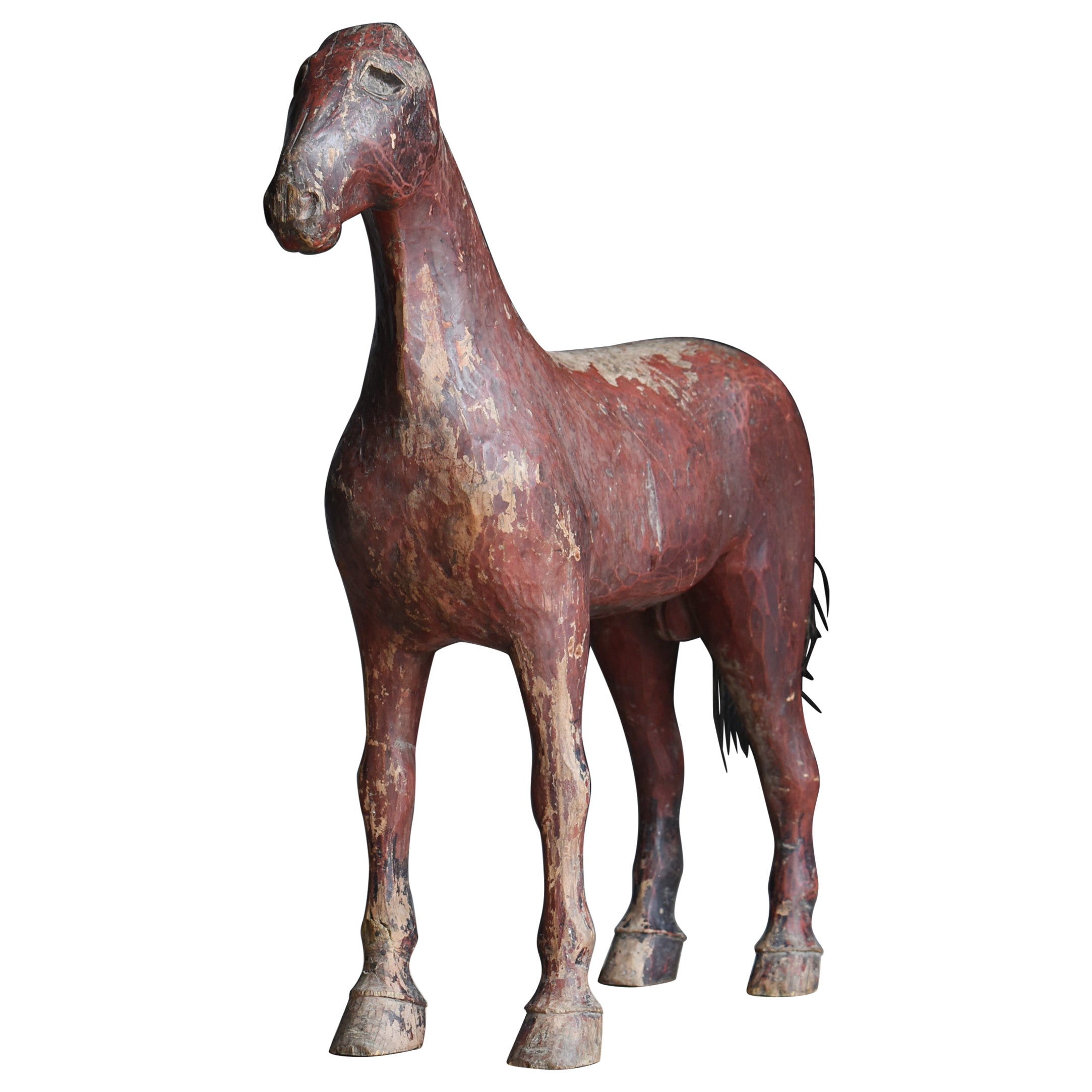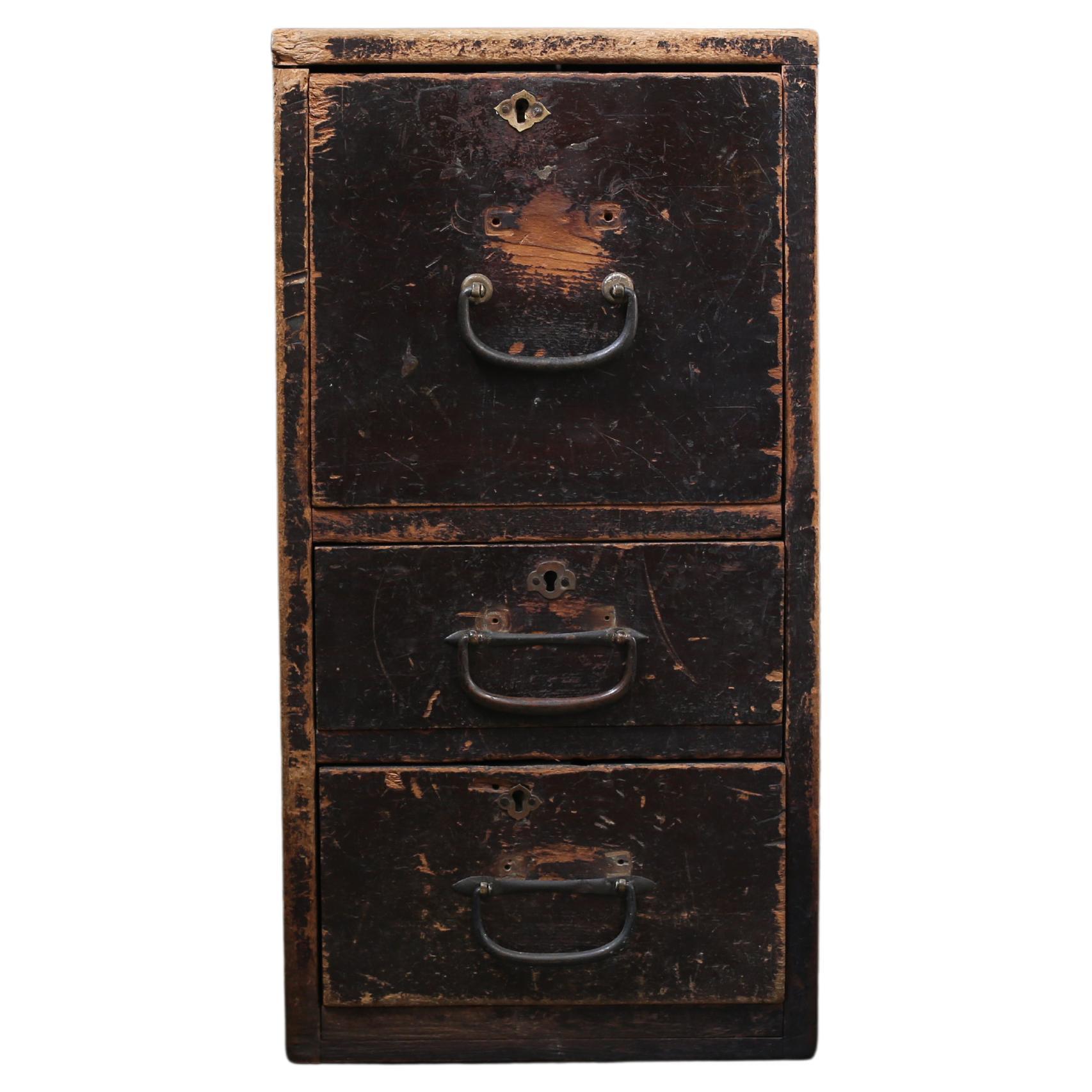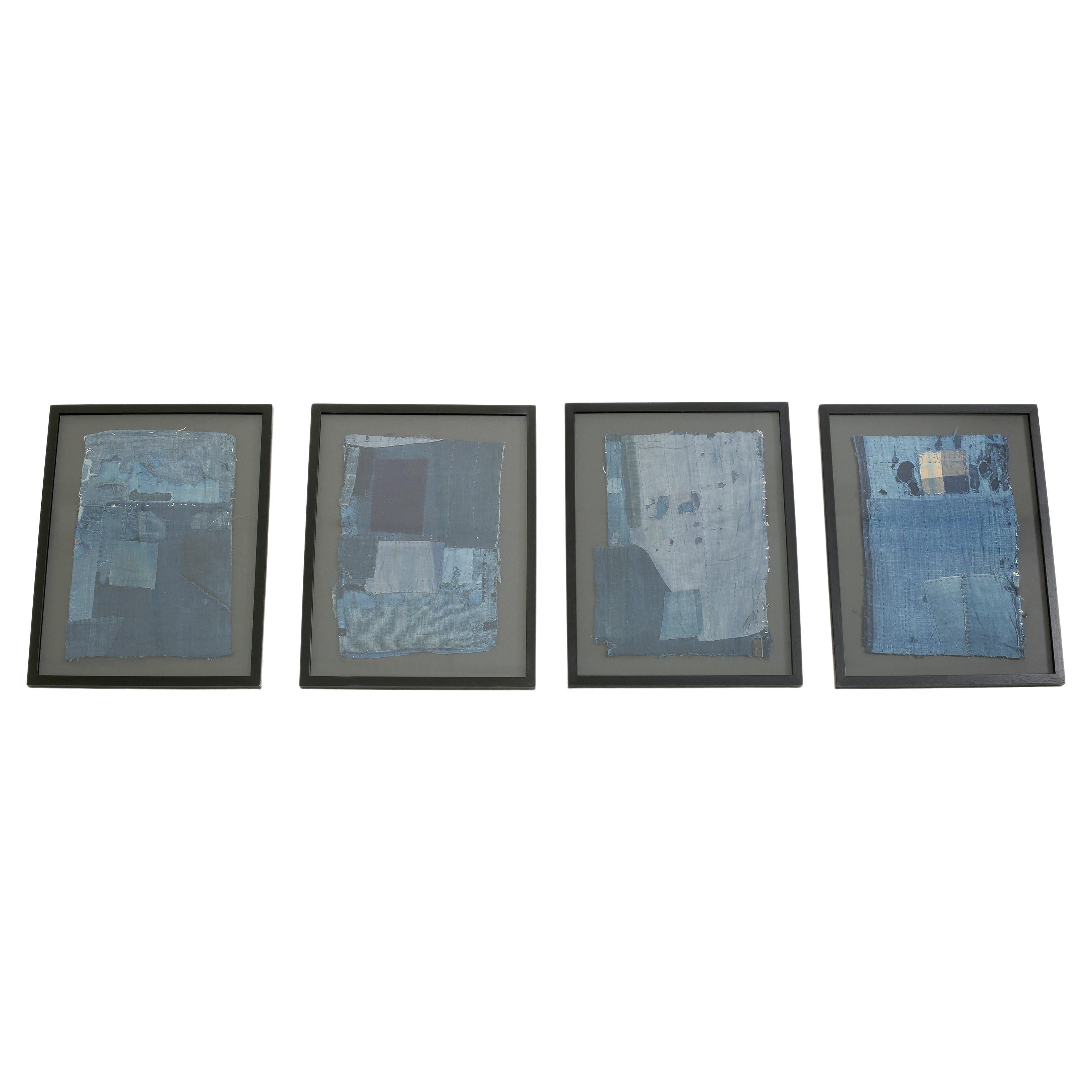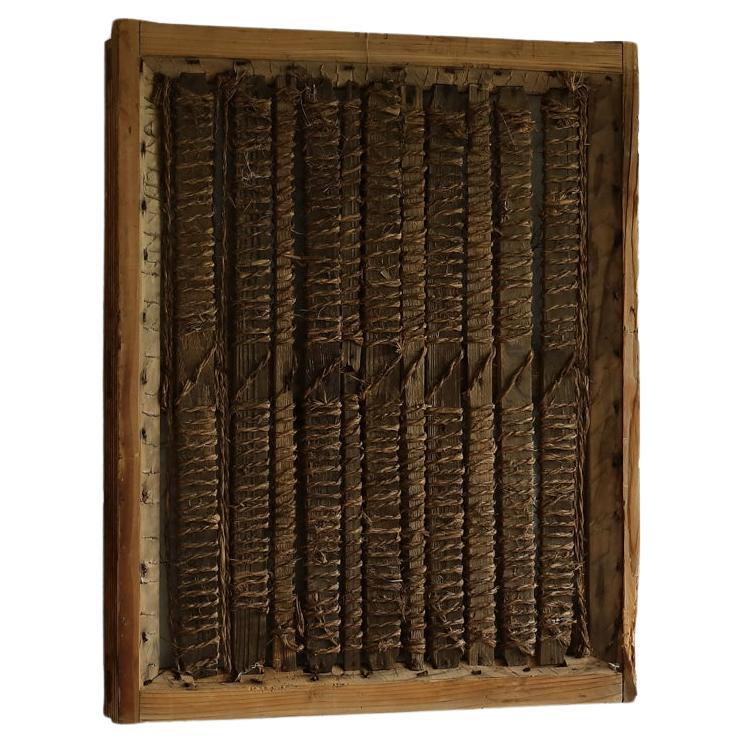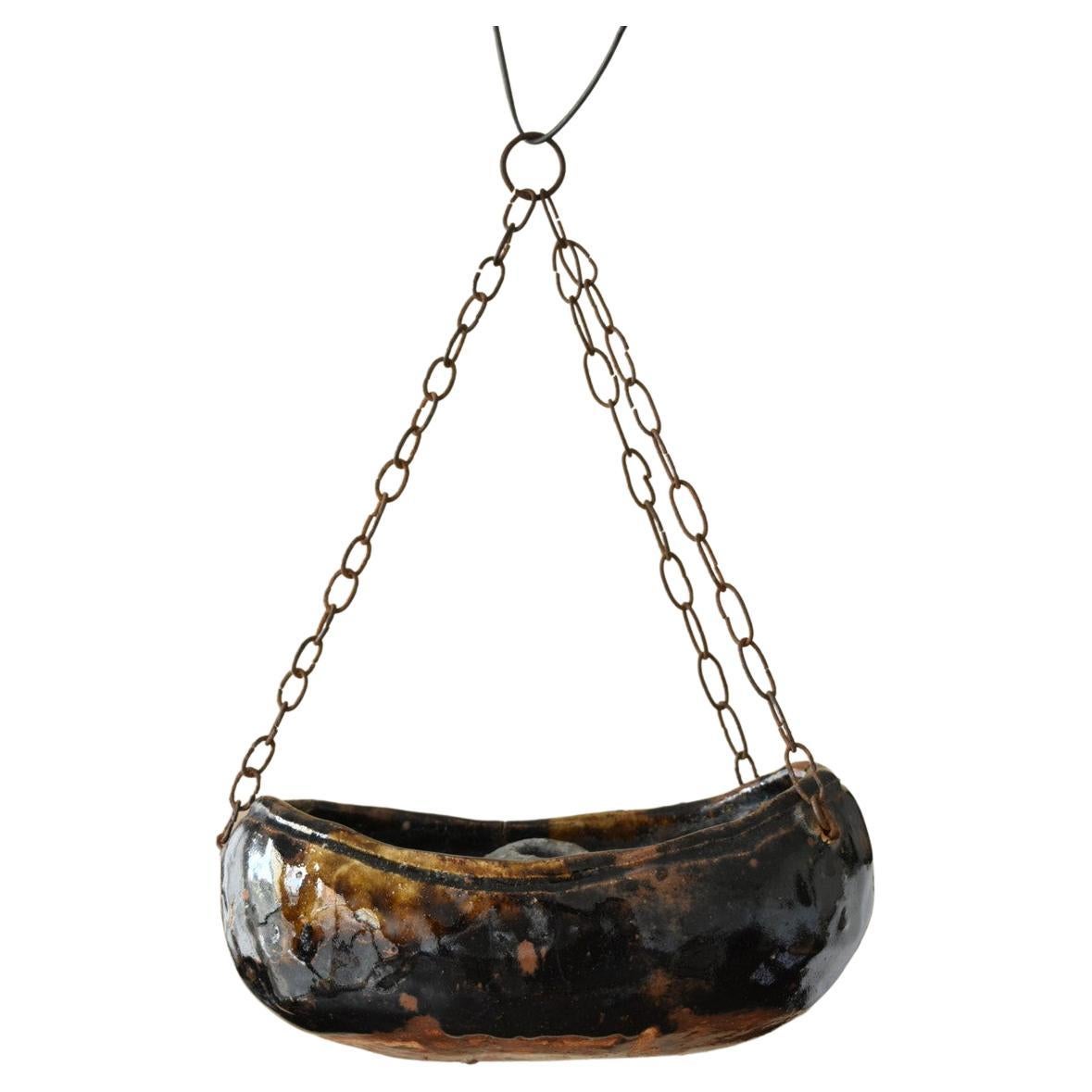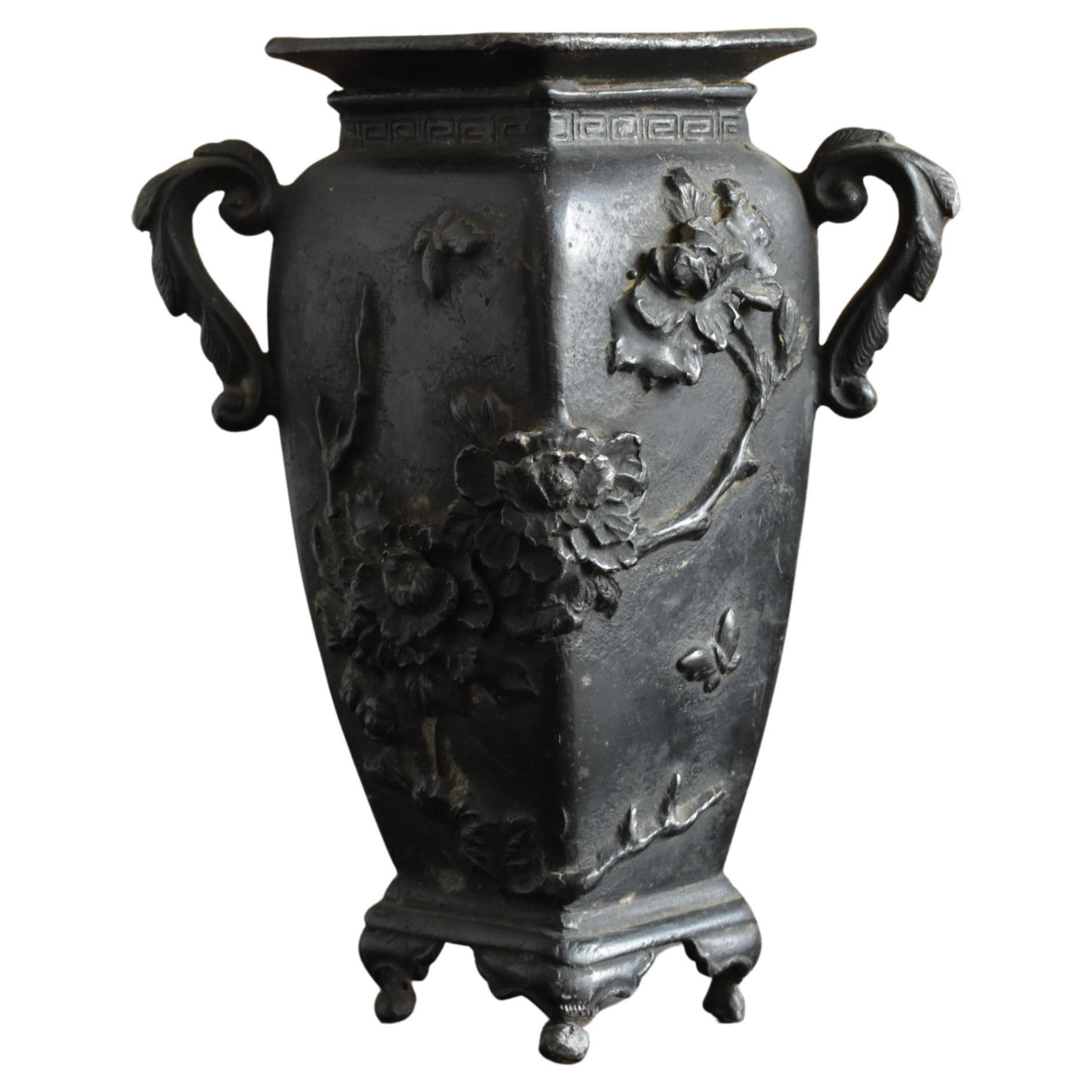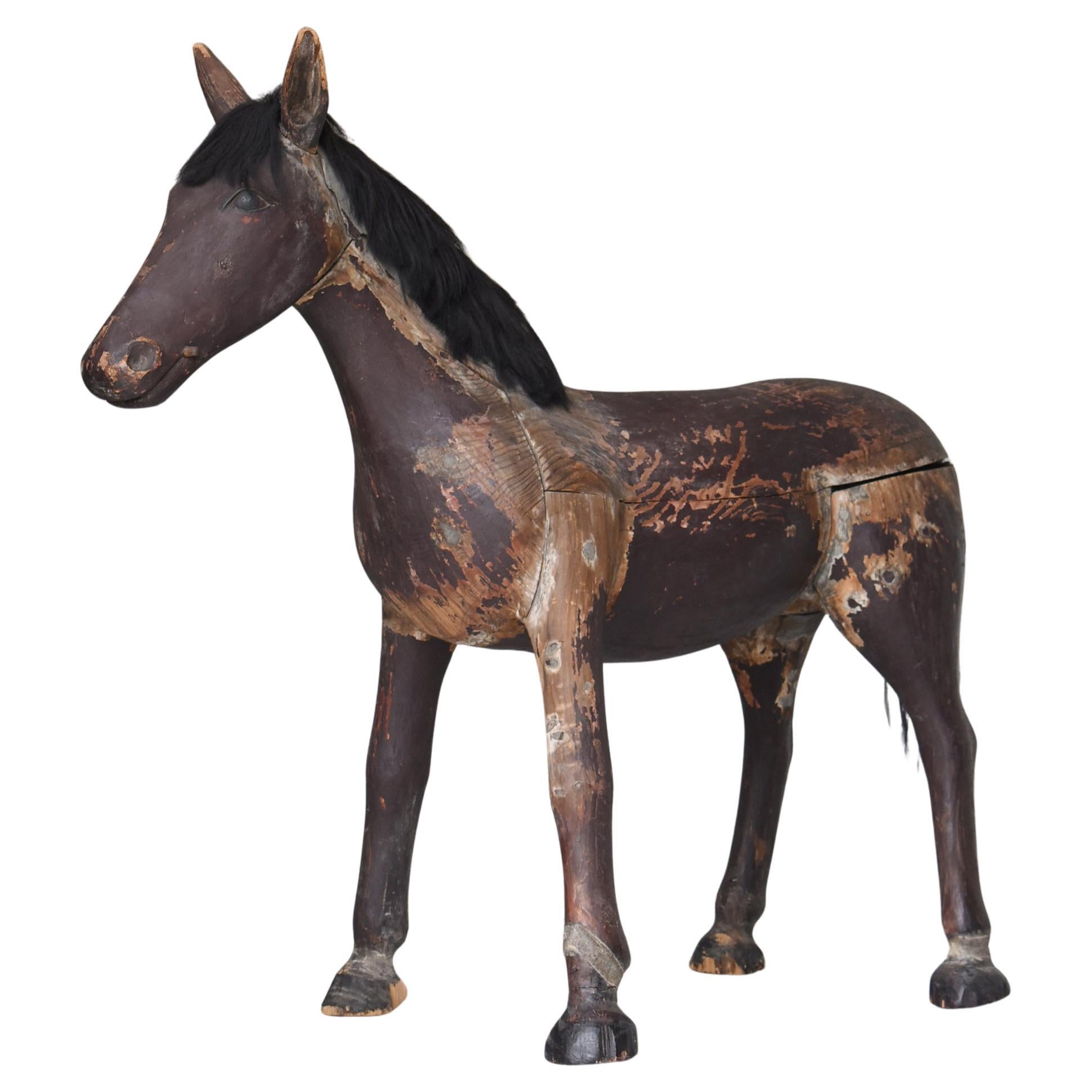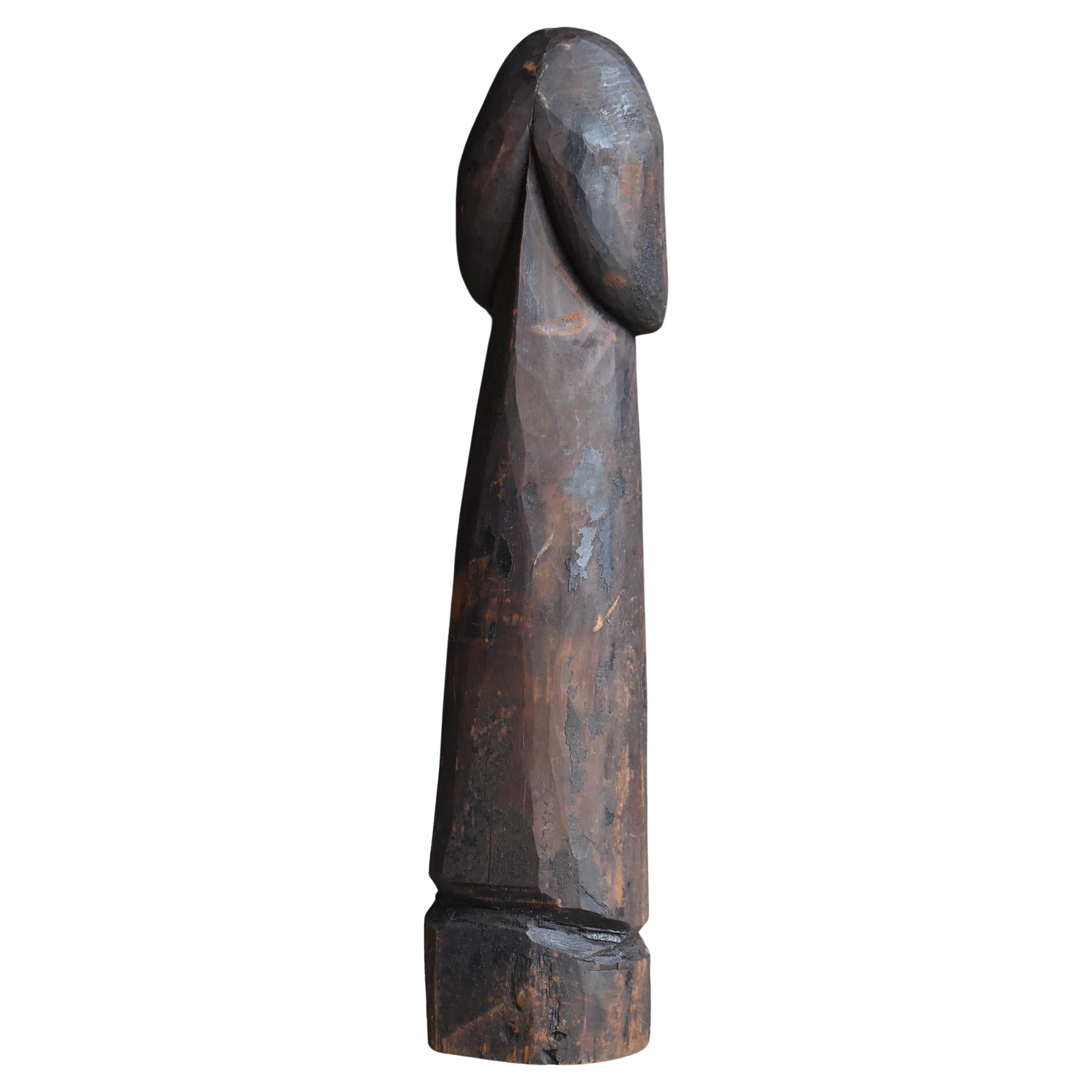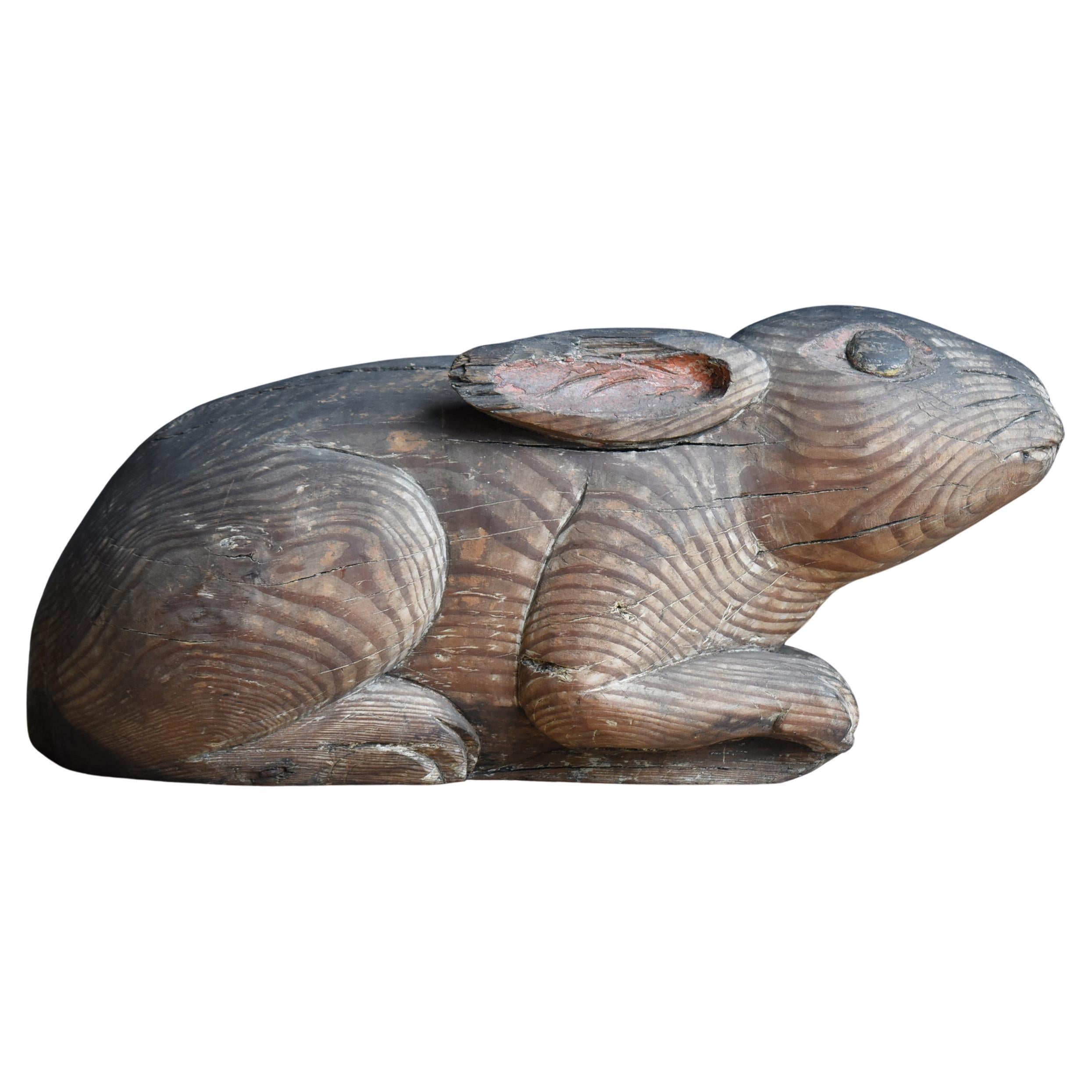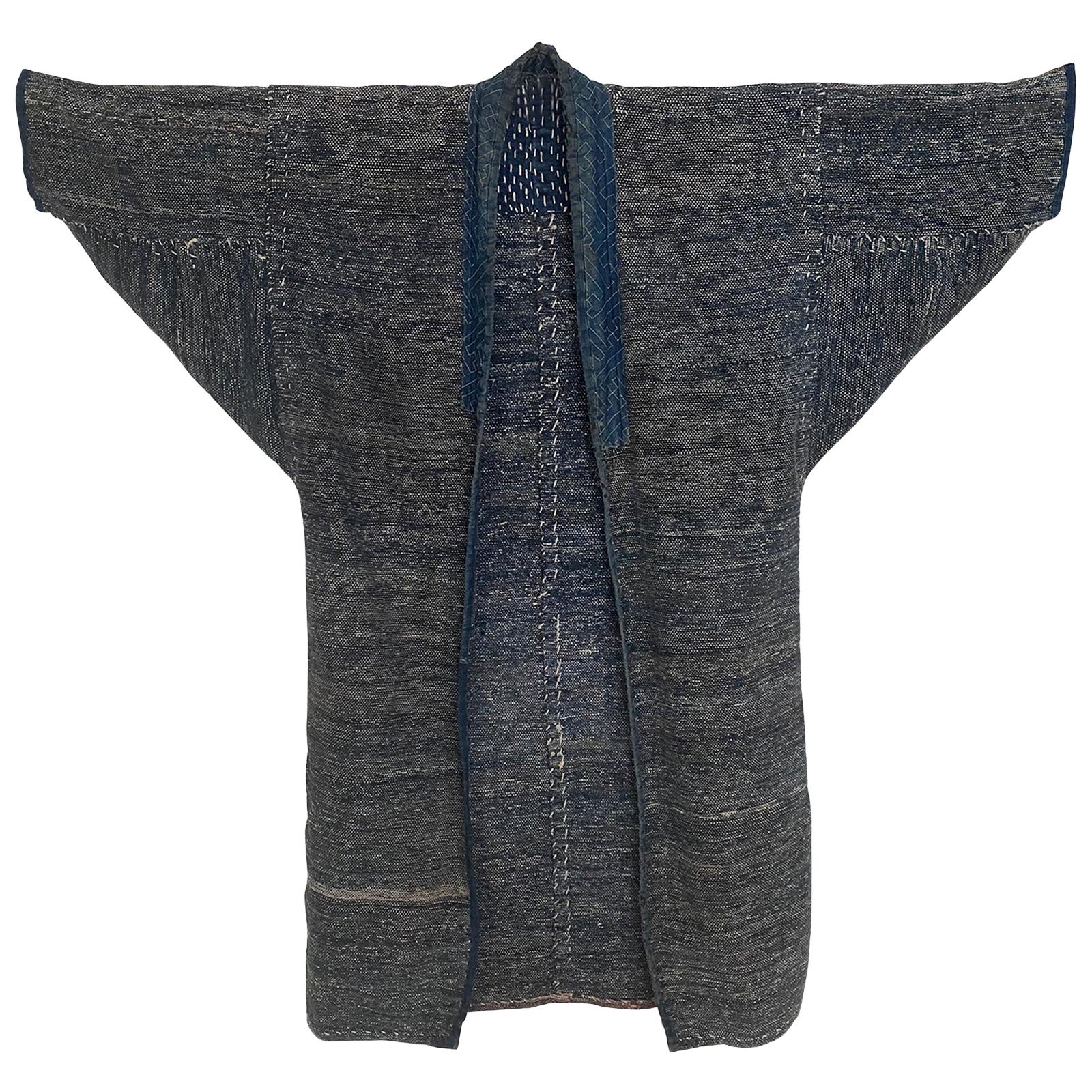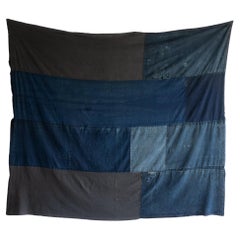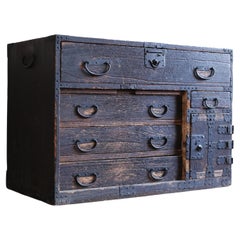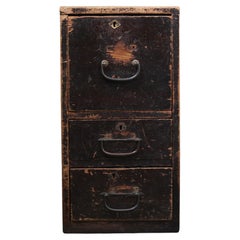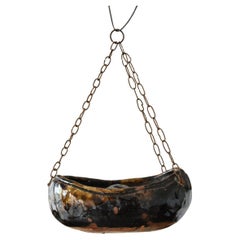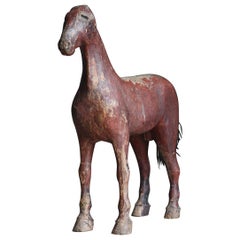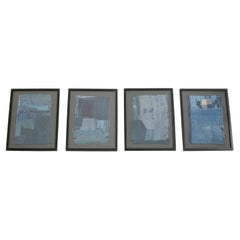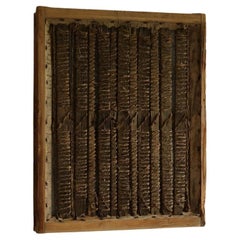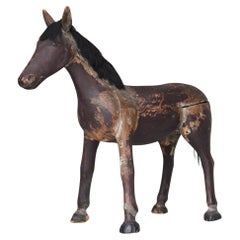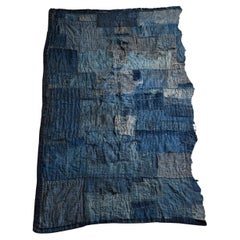
Japanese Antique Rag "BORO" 1800s-1860s / Abstract Art Wabisabi
View Similar Items
Want more images or videos?
Request additional images or videos from the seller
1 of 18
Japanese Antique Rag "BORO" 1800s-1860s / Abstract Art Wabisabi
$1,300List Price
About the Item
- Dimensions:Height: 33.47 in (85 cm)Width: 65.36 in (166 cm)Depth: 0.4 in (1 cm)
- Style:Edo (Of the Period)
- Materials and Techniques:
- Place of Origin:
- Period:
- Date of Manufacture:1800s-1860s
- Condition:
- Seller Location:Sammu-shi, JP
- Reference Number:1stDibs: LU5487233264142
About the Seller
5.0
Platinum Seller
Premium sellers with a 4.7+ rating and 24-hour response times
Established in 2015
1stDibs seller since 2020
1,621 sales on 1stDibs
Typical response time: 7 hours
Authenticity Guarantee
In the unlikely event there’s an issue with an item’s authenticity, contact us within 1 year for a full refund. DetailsMoney-Back Guarantee
If your item is not as described, is damaged in transit, or does not arrive, contact us within 7 days for a full refund. Details24-Hour Cancellation
You have a 24-hour grace period in which to reconsider your purchase, with no questions asked.Vetted Professional Sellers
Our world-class sellers must adhere to strict standards for service and quality, maintaining the integrity of our listings.Price-Match Guarantee
If you find that a seller listed the same item for a lower price elsewhere, we’ll match it.Trusted Global Delivery
Our best-in-class carrier network provides specialized shipping options worldwide, including custom delivery.More From This Seller
View AllJapanese Antique Rag "BORO" 1800s-1860s / Abstract Art Wabi Sabi
Located in Sammu-shi, Chiba
This is an exceptional example of a Japanese *BORO* textile, dating from the late Edo period (1800s–1860s). Carefully preserved over generations, it embodies both the resourcefulness...
Category
Antique Mid-19th Century Japanese Edo Tapestries
Materials
Fabric
Japanese Antique Chests of Drawers 1800s-1860s/Safe Storage Cabinet Wabisabi
Located in Sammu-shi, Chiba
It is an old Japanese drawer.
It is an item from the Edo period (1800s-1860s).
It has a keyed door so that it can also be used as a safe. Both metal fittings are attached with very ...
Category
Antique Late 19th Century Japanese Edo Commodes and Chests of Drawers
Materials
Cedar
Japanese Antique Drawer 1860s-1920s/Chest of Drawers Wabisabi Art
Located in Sammu-shi, Chiba
It is an old Japanese drawer.
It is an item of the Meiji era (1860s-1920s)
The material is cedar.
The shade of brown is beautiful and the taste is wonderful.
The drawer also ...
Category
Early 20th Century Japanese Meiji Commodes and Chests of Drawers
Materials
Cedar
Japanese Antique Pottery Hanging Vase/Edo/1800s/Boat-Shaped Vase
Located in Sammu-shi, Chiba
This is a black-glazed boat-shaped pottery made in the late Edo period of Japan.
This will be a hanging vase.
Pour water directly into this and decorate the flowers.
Also, perhaps this is a pottery called Seto-yaki.
Seto is an ancient kiln located in Aichi Prefecture.
Various shapes and colors were produced there, and in the late Edo period, dark glazed pottery was also produced.
When a dark brown glaze is applied, the areas with thick glaze look black, and the areas with thin glaze look brown.
I put water directly into this and left it for a day, but there was no water leakage.
I would say it is in very good condition.
Although it is a small item, it has a very strong presence.
It has a glossy and elegant appearance.
There are many types of Seto pottery...
Category
Antique 19th Century Japanese Edo Vases
Materials
Pottery
Japanese Antique Small Vase Made of Tin/1800s-1920/Casting Vase
Located in Sammu-shi, Chiba
This is a tin vase made from the late Edo period to the early Taisho period (1800s-1920).
It is made of cast iron and has detailed and beautiful expressions such as butterflies and ...
Category
Antique 19th Century Japanese Edo Vases
Materials
Tin
Antique Rare Pottery Coated with Copper Plate Used in Japan/Tsubo Wabisabi
Located in Sammu-shi, Chiba
It is used in Japan.
It seems to be in the Edo period (1700s-1800s).
But details are unknown.
The unique distorted shape is beautiful.
The color and balance of the glaze are al...
Category
Antique Early 19th Century Japanese Edo Vases
Materials
Pottery
$640 Sale Price
54% Off
You May Also Like
Japanese Antique Sacred Horse "Shinme" 1800s-1860s / Primitive Wabisabi
Located in Chōsei District Nagara, JP
This is an old Japanese carved wooden horse, a highly valuable piece created in the late Edo period (early 1800s–1860s). In Japan, it is known as a "Shinme" (sacred horse), a term re...
Category
Antique Late 19th Century Japanese Edo Sculptures and Carvings
Materials
Cedar, Lacquer
Early 20th Century Boro Cloth Fragments, Japanese, C. 1900
Located in London, GB
A collection of late 19th/early 20th century indigo dyed ‘boro’ cloth fragments. Japanese, c. 1900. Mounted on anthracite grey card in box frames with black...
Category
Early 20th Century Japanese Textiles
Materials
Fabric, Textile
Japanese Antique Door, Abstract Art Wabi Sabi, 1860s-1900s
Located in Katori-Shi, 12
Very old Japanese sliding door.
The simple design conveys the charm of the material.
You can feel the world of wabi and sabi.
Recommended as a wall painting.
It was made in the Mei...
Category
Early 20th Century Meiji Doors and Gates
Materials
Wood
Japanese Antique Sacred Horse Wooden Statue "Shinme" 1800s-1860s / Wabi Sabi
Located in Chōsei District Nagara, JP
This is a very rare carved wooden statue of a sacred horse that was dedicated to a Japanese shrine. It was produced during the Edo period (1800s-1860s), and the main material used is...
Category
Antique Mid-19th Century Japanese Edo Sculptures and Carvings
Materials
Cedar
Japanese Antique Wood Carving Large Penis 1800s-1860s / Sculpture Wabi Sabi
Located in Chōsei District Nagara, JP
This is an old carved large wooden penis statue made in Japan.
It was made during the Edo period (1800s-1860s) and is made of cedar.
In the Tōhoku region of Japan, there has long be...
Category
Antique Late 19th Century Japanese Edo Sculptures and Carvings
Materials
Cedar
Japanese Antique Wood Carving Rabbit 1800s-1860s / Figurine Sculpture Wabi Sabi
Located in Chōsei District Nagara, JP
This is an old Japanese wooden carving of a rabbit, a precious artifact crafted in the late Edo period (early 1800s–1860s). It was discovered at a Buddhist temple. Made from pine, th...
Category
Antique Late 19th Century Japanese Edo Sculptures and Carvings
Materials
Pine
